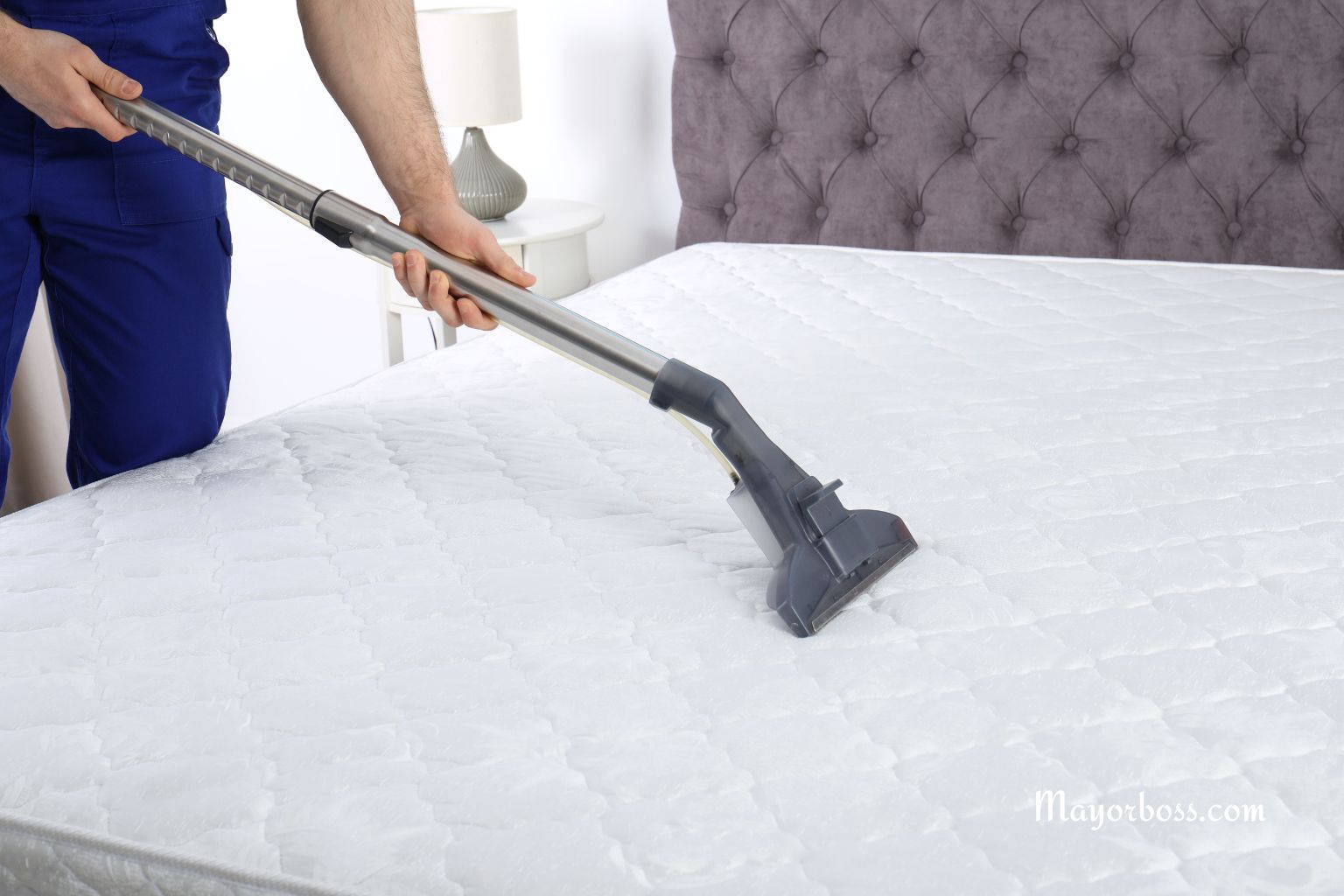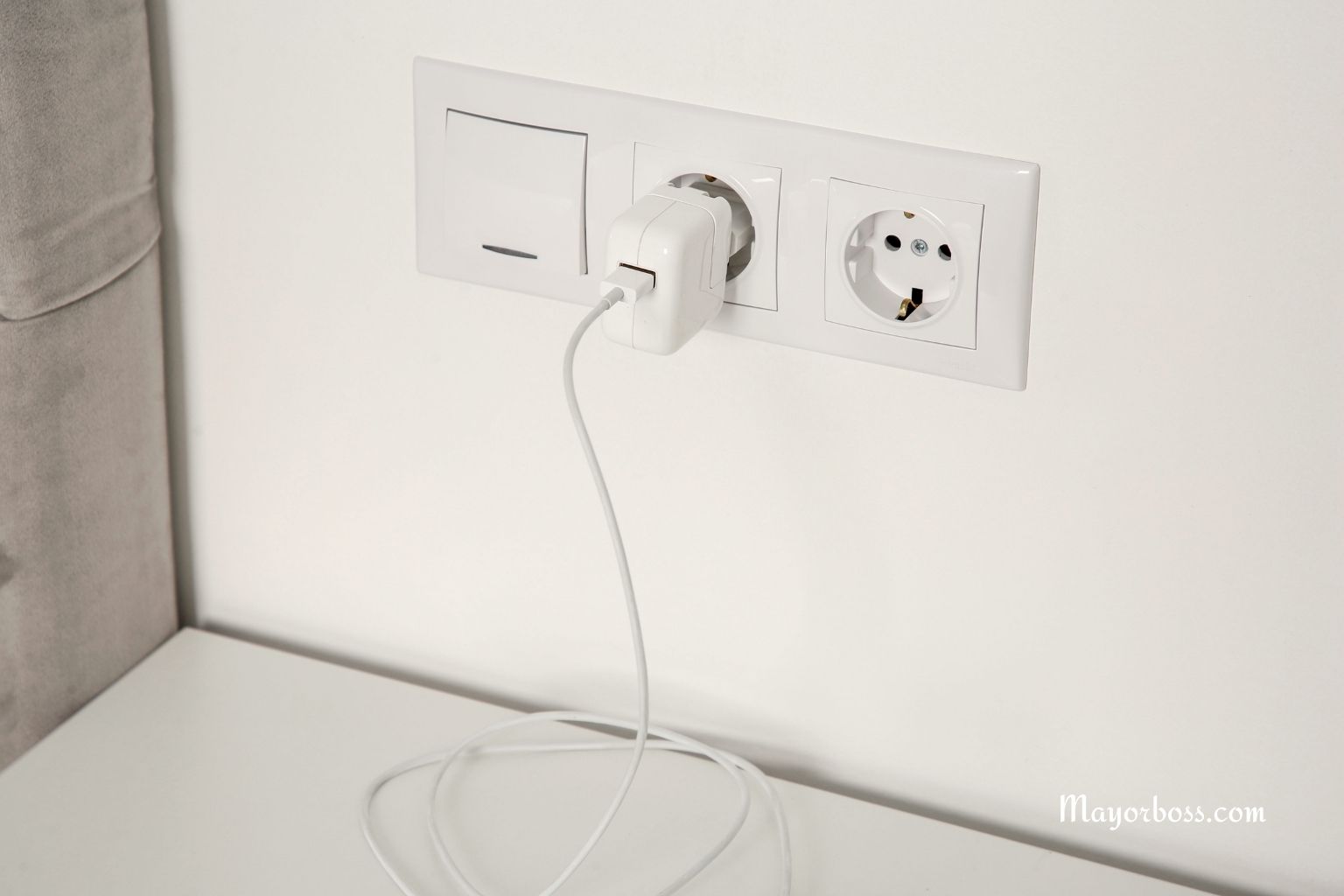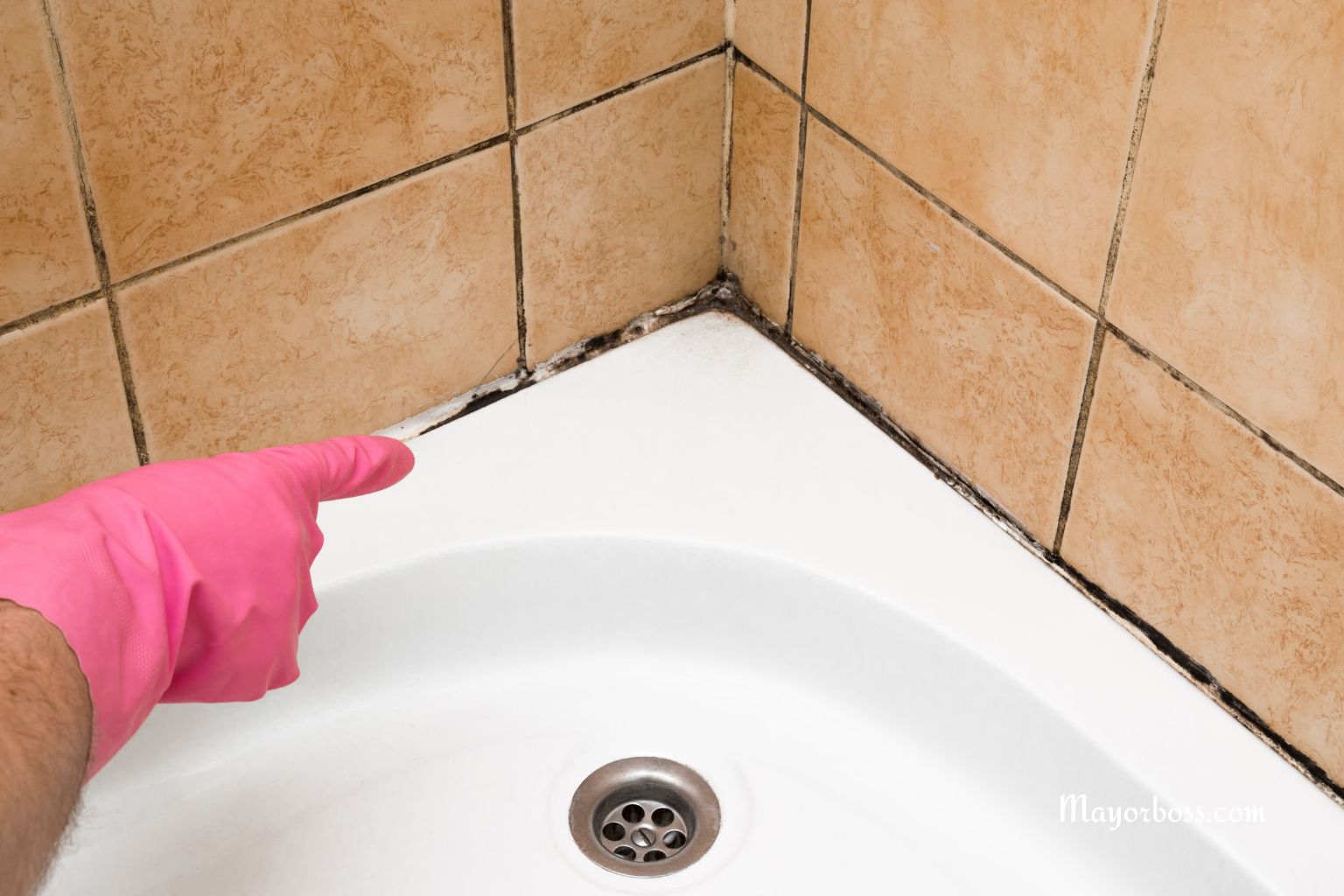This Is Why Your Bathroom Stays Steamy (And How to Stop It Instantly)
Quick answer: Bathroom steam lingers when warm shower air hits cooler surfaces and there isn’t enough airflow to sweep moisture outside. Turn on a properly sized exhaust fan before your shower, keep it running for 20 minutes after, open a window or the door for cross-ventilation, wipe down wet surfaces, and keep indoor humidity under 50 percent.

Why Your Bathroom Holds on to Steam
Let’s start with what you see in the mirror. Warm, moist air from the shower meets a cooler mirror or wall. Water in the air turns into tiny droplets. That is condensation.
Now add a small room, a closed door, and weak airflow. Moisture builds up, settles on every surface, and hangs in the air. The result is a sauna effect that seems to last forever.
This isn’t only a comfort issue. Damp rooms invite mold and mildew. For many people, that can irritate the nose, throat, skin, and lungs. It can also trigger asthma symptoms.1
How to Get Rid of Steam Quickly
Use these simple moves the next time you shower.
Start the fan before the water turns on. Moving air from the start prevents a moisture pile-up.
Keep the fan running for 20 minutes after. This is the sweet spot that lets the room shed leftover humidity. A wall timer or humidity-sensing switch makes this effortless.
Crack the door or open a window. If possible, let fresh air flow in to replace the humid air. Even a small crack can speed up drying.
Lower the water temperature. Cooler showers create less steam, making it easier for your ventilation to handle the moisture.
Wipe water off surfaces. A quick pass with a squeegee on walls and glass removes a lot of moisture that would otherwise float back into the air.
Hang wet towels in an open area. Towels hold a surprising amount of water. Let them dry in a place with airflow.
Watch the humidity. Aim for indoor humidity under 60 percent, and closer to 30 to 50 percent for comfort and mold control. A small digital hygrometer costs little and guides your routine.
Stop steam for good with a few upgrades
Short-term fixes help. Lasting control comes from ventilation that fits the room and works every time.
Choose the right exhaust fan
Fan strength appears as CFM, which tells you how much air the fan can move each minute. A simple rule many pros use for bathrooms up to 100 square feet is one CFM for each square foot. Larger rooms need more airflow, often calculated per fixture.
Standards also set minimums for good bathroom airflow: at least 50 CFM for on-and-off use, or 20 CFM for a fan that runs continuously at a low level.
Vent straight outdoors
Make sure the duct from your fan sends moist air to the outdoors. Venting into an attic or crawlspace traps moisture where it can damage wood and insulation and encourage mold growth.
Add smart controls
Humidity-sensing switches or timers keep the fan running long enough after each shower. That simple control solves the most common cause of lingering steam: turning the fan off too soon.
Keep the fan clean
Dust and lint can slow airflow. Once each season, remove the grille, vacuum the housing, and wash the cover. A clean fan moves more air with less noise.
Warm up cold surfaces
Cold glass and tile attract condensation. A warm-air register open to the room, a heated mirror pad, or even a quick pre-shower burst of warm air can reduce fog.
Control whole-home humidity
During sticky months, a portable dehumidifier in nearby spaces can support bathroom efforts, especially in homes that struggle with moisture in general. Keeping the home within that 30 to 50 percent range helps limit mold growth and dust mites.
Health notes you should know
A damp bathroom isn’t just annoying. Mold and dampness are linked to coughing, wheezing, stuffy noses, skin irritation, and worsening asthma for some people. Children, older adults, and those with lung disease often feel these effects sooner. Keeping humidity in range and venting the bathroom outdoors is a simple, protective habit for the whole household.2
A simple routine that works
Here’s an easy plan you can follow every day:
- Flip the fan switch before the shower starts.
- Keep the door slightly open if privacy allows.
- Shower a bit cooler and shorter.
- Squeegee walls and glass.
- Leave the fan on for 20 minutes.
- Hang towels where air moves.
- Check your hygrometer. Aim for 30 to 50 percent.
When to call a pro
If steam lingers even with a strong fan and good habits, you might have crushed ducting, a long or twisting duct run, or a vent that ends in the attic. An HVAC or ventilation specialist can measure airflow and correct the path to the outdoors. If you notice mold patches that keep returning, a qualified remediator can assess moisture sources and remove growth safely.
Bottom line
Steam lingers when a small room, cool surfaces, and weak airflow trap moisture. The fix is simple: move enough air outdoors, for long enough, every single time. Choose a fan that matches the room, let it run for 20 minutes after showers, and keep household humidity in the safe zone. Your mirror clears faster, your walls stay in good shape, and your lungs will thank you.
FAQs
How do I know if my current fan is strong enough?
Check the label inside the housing for the CFM rating. Compare the number with your room size using the one-to-one rule for smaller bathrooms, and higher totals for large rooms with several fixtures. If numbers fall short, upgrade.
Is a window enough without an exhaust fan?
A window helps, especially in dry weather, but it’s unreliable in cold or humid seasons. A dedicated exhaust fan gives consistent results and moves moisture even when the window stays closed. Standards still call for specific airflow from a fan.
What humidity level should I target at home?
Aim for under 60 percent, and try to stay in the 30 to 50 percent range for comfort and mold control. A small digital hygrometer makes this easy to track.
How long should I run the fan after a shower?
Twenty minutes works well for most bathrooms. Use a timer or humidity-sensing switch so you don’t have to watch the clock.
Can bathroom mold affect health?
Many people report symptoms in damp, moldy spaces, including coughing, wheezing, and worsening asthma. Reducing moisture and improving ventilation lowers that risk.






